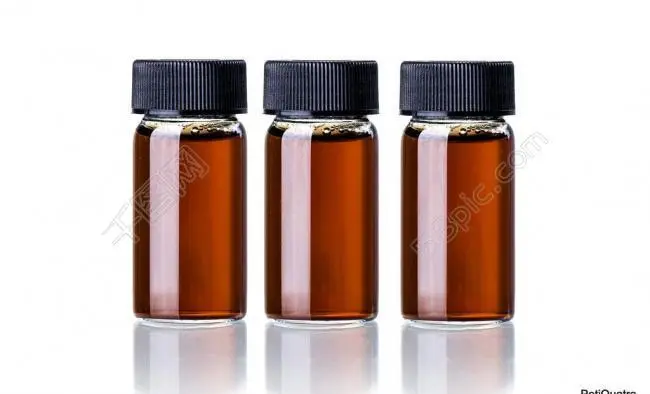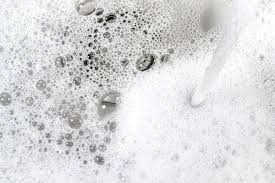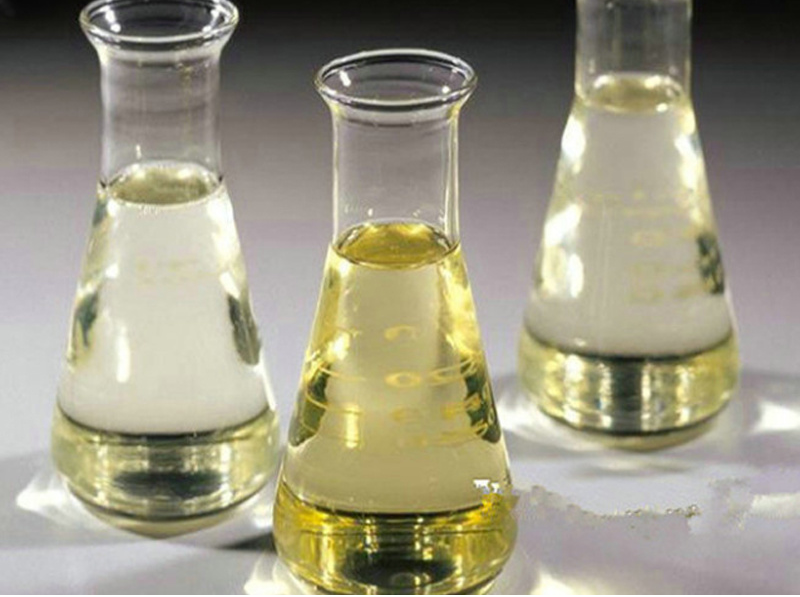**The Secret Life of Soap: How Surfactants Make Water Behave**
(Does Surfactant Decrease Surface Tension)
Imagine trying to wash a greasy pan. Water alone just slides off, right? Add a drop of dish soap, and suddenly things change. The water clings to the pan, bubbles form, and the grease vanishes. This magic trick isn’t magic at all. It’s the work of surfactants—tiny molecules with a big job. Let’s break down how these invisible helpers mess with water’s rules.
Water molecules love sticking together. This clinginess is called surface tension. You’ve seen it in action. Think of a water droplet holding its shape on a leaf or a bug skimming across a pond without sinking. Surface tension acts like an invisible skin. But sometimes, water’s stickiness gets in the way. Oily stains don’t mix with water. That’s where surfactants come in.
Surfactants are like molecular crowd-surfers. One end of the molecule is attracted to water. The other end shuns water and clings to oils or grease. When you add soap to water, surfactant molecules rush to the surface. Their water-hating tails poke out of the liquid, while their water-loving heads stay submerged. This breaks the tight grip water molecules have on each other. Surface tension drops. Water becomes less “stiff,” spreading out instead of beading up.
Here’s the fun part. Once surfactants weaken surface tension, they get to work on dirt. Their oil-loving tails burrow into grease. The water-loving heads stay connected to the surrounding liquid. This creates tiny packages of grime trapped inside surfactant bubbles. These packages lift off surfaces and float away, ready to be rinsed. Without surfactants, water would just roll over grease, leaving it behind.
Surfactants aren’t just in dish soap. They’re everywhere. Shampoo uses them to strip oil from hair. Laundry detergent relies on them to fight stains. Even your lungs produce natural surfactants. These keep air sacs from collapsing by reducing surface tension in the moist lung lining. Without them, breathing would feel like inflating a sticky balloon.
But how do we know surfactants actually lower surface tension? Simple experiments show it. Try floating a paperclip on water. It stays afloat because surface tension acts like a thin film. Add a drop of soap nearby. The paperclip instantly sinks. The soap molecules disrupt the water’s surface, destroying its ability to hold the clip. Another test involves pepper flakes sprinkled on water. Touch the center with soap, and the pepper flees to the edges. The surfactants weaken the surface tension, creating a “pull” that drags the pepper away.
Not all surfactants work the same. Some are gentle, like those in baby shampoo. Others are tough, like the ones in industrial cleaners. Their strength depends on their structure. Longer tails grab oils better. Charged heads make them more water-friendly. Scientists tweak these traits to create surfactants for specific jobs, from cleaning oil spills to making fluffier cakes.
Surfactants have a dark side. Too many can harm aquatic life. They strip protective oils from fish scales or frog skin. Modern formulas aim to balance cleaning power with environmental safety. Biodegradable surfactants break down faster, reducing long-term damage.
Ever wonder why soap makes water feel “wetter”? It’s not just in your head. Lower surface tension lets water seep into fabrics, pores, and crevices. This makes cleaning faster and more thorough. Next time you see bubbles in a sink, remember the tiny molecules working overtime. They’re not just breaking dirt. They’re bending the rules of physics, one greasy dish at a time.
Surfactants also explain why rain beads on a freshly waxed car. Wax acts like a surfactant in reverse. Its molecules create a surface that water can’t cling to. Droplets stay round and roll off, taking dirt with them. Nature uses similar tricks. Some plant leaves have microstructures that repel water, a phenomenon called the “lotus effect.”
Temperature plays a role too. Warm water boosts surfactant activity. Heat gives molecules more energy, helping them move and mix faster. That’s why laundry detergents work better in warm washes. Cold water slows things down, but surfactants still push through—just with less enthusiasm.
(Does Surfactant Decrease Surface Tension)
So the next time you scrub a pot or wash your hands, take a second to appreciate surfactants. These unsung heroes don’t just clean. They reshape how water behaves, turning a stubborn liquid into a powerful ally.
Inquiry us
if you want to want to know more, please feel free to contact us. (nanotrun@yahoo.com)




